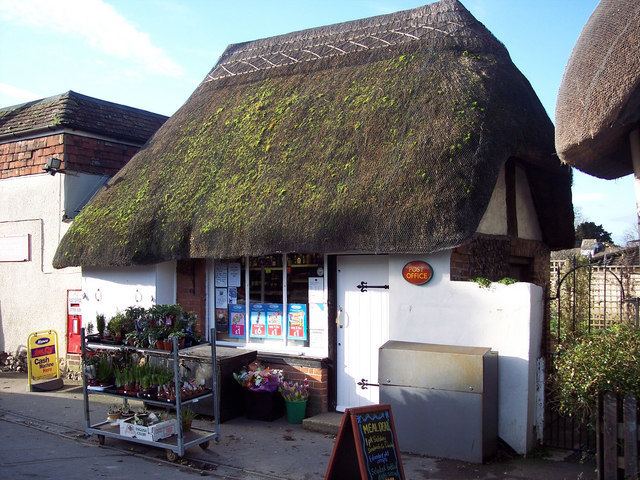Unitary authority Local time Tuesday 3:39 PM | Sovereign state United Kingdom Postcode district SP4 Dialling code 01980 | |
 | ||
Weather 14°C, Wind N at 19 km/h, 73% Humidity | ||
Winterbourne Gunner is a village in Wiltshire, England, about 4 miles (6 km) northeast of Salisbury. The village is near the River Bourne and the A338 road and is close to Winterbourne Dauntsey. It is part of the civil parish of Winterbourne, formed in 1934 by almalgamating the three ancient parishes of Winterbourne Earls, Dauntsey and Gunner.
Contents
Map of Winterbourne Gunner, Salisbury, UK
The Defence CBRN Centre, providing training for chemical, biological, radiological and nuclear events, is to the southeast of the village, beyond the West of England Main Line railway.
Archaeology
Winterbourne Gunner has considerable archaeological interest. In 1960 workmen digging a pipeline came across a series of early Saxon graves. A subsequent excavation showed them to be particularly rich in grave goods.
A 1994 dig in a nearby building plot by television programme Time Team (season 2, "Saxon Graves") found several more early 6th century Saxon graves near Salt Lane, and discovered a series of Bronze Age features including a pond barrow and associated round barrows and urn burials, which the Saxons appear to have respected when selecting their burial sites. These show up as circular crop marks, with a diameter of 20 to 30 feet, indicating barrows. The Bronze Age features were designated as Scheduled Monuments in July 1994.
In 1999 a house at Winterbourne Gunner was the subject of a Series 2 episode of the BBC television series Meet the Ancestors.
Parish church
The Church of England parish church of St Mary was designated as a Grade I listed building on 18 February 1958. It has twelfth and thirteenth century origins with additions in 1687 and 1810, and a restoration in 1886. It is constructed of flint with limestone dressings. The twelfth century tower is at the west end and is rendered and whitewashed, and topped with a pyramidal tiled roof. The nave is short and a porch was added on the south side at the time the south aisle was removed. The interior has a fourteenth century roof over the nave with arch-braced trussed rafters with a moulded central tie beam. The font is late twelfth or early thirteenth century while the panelled limestone pulpit is nineteenth century.
